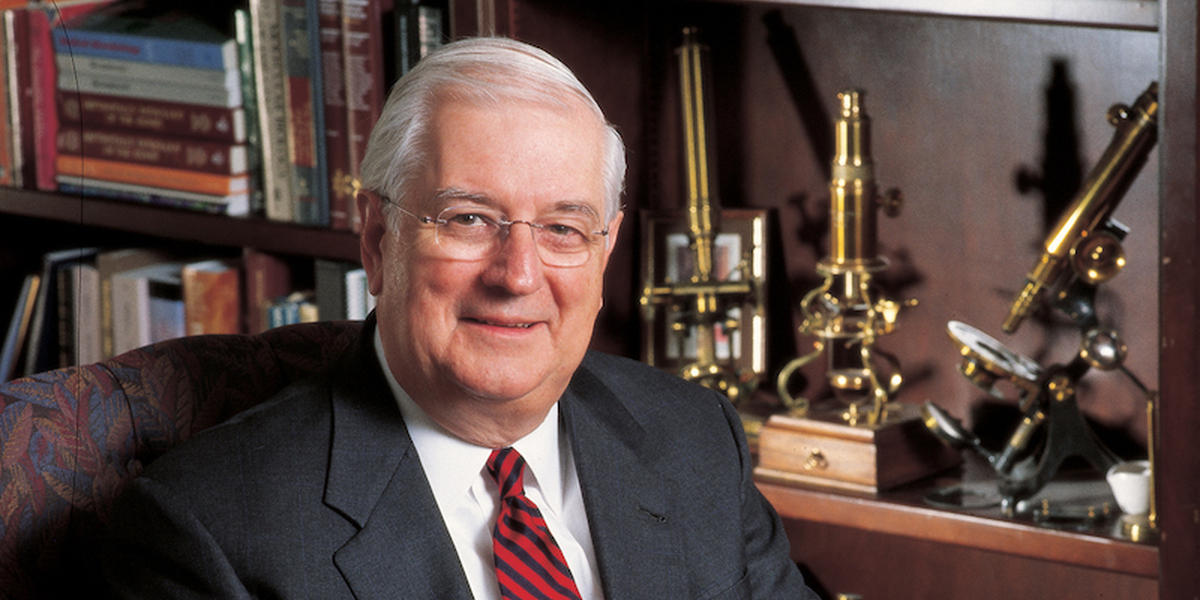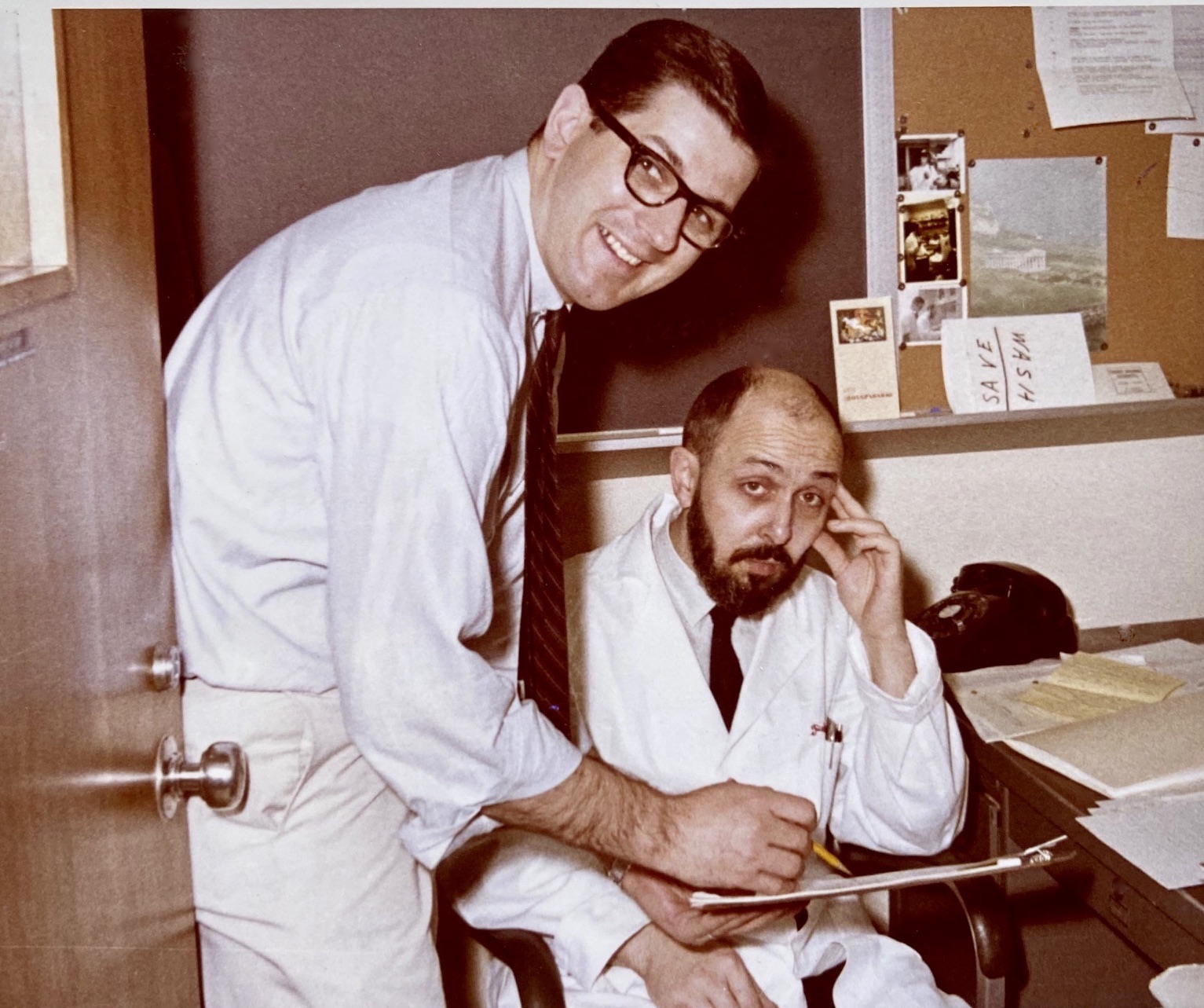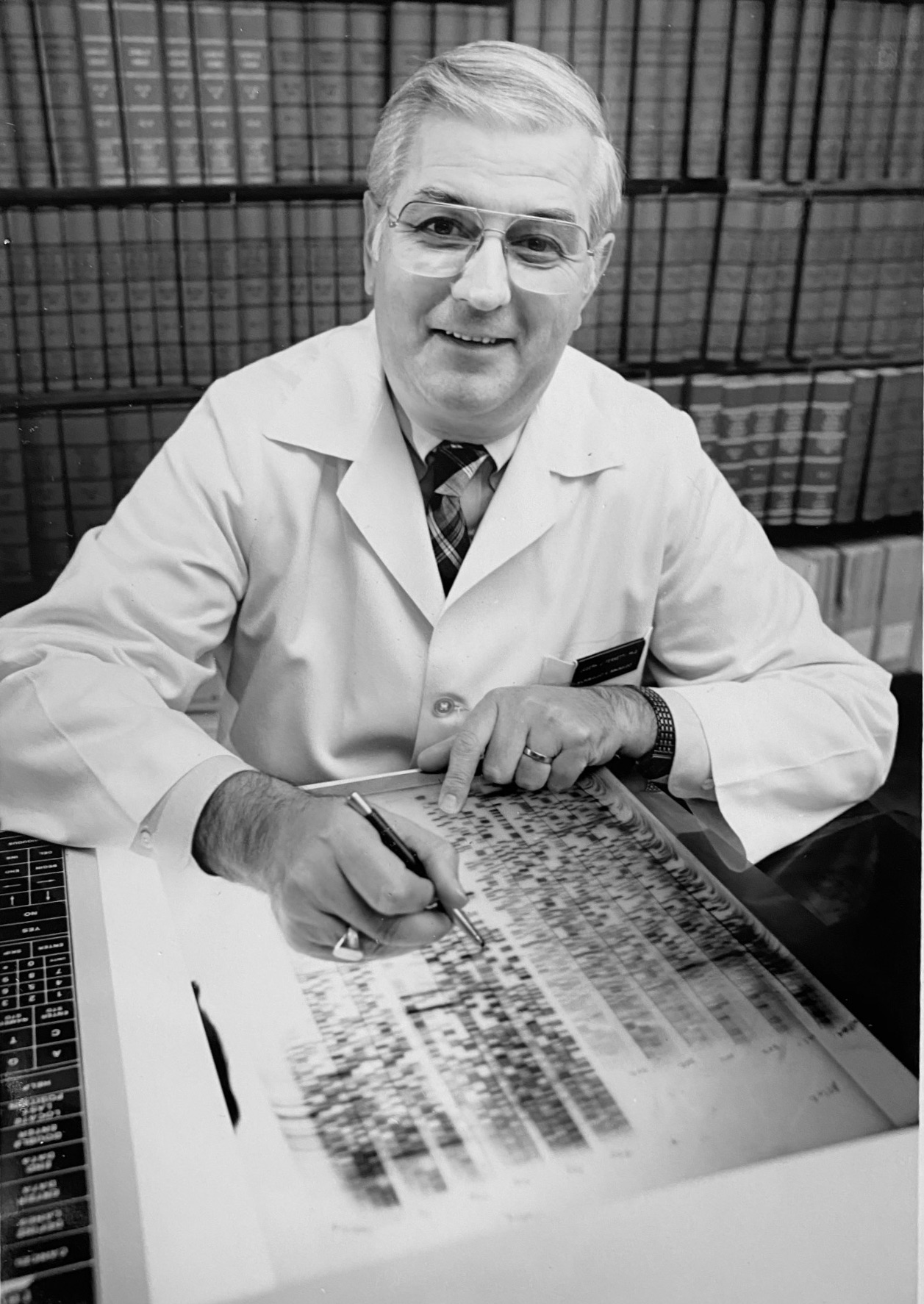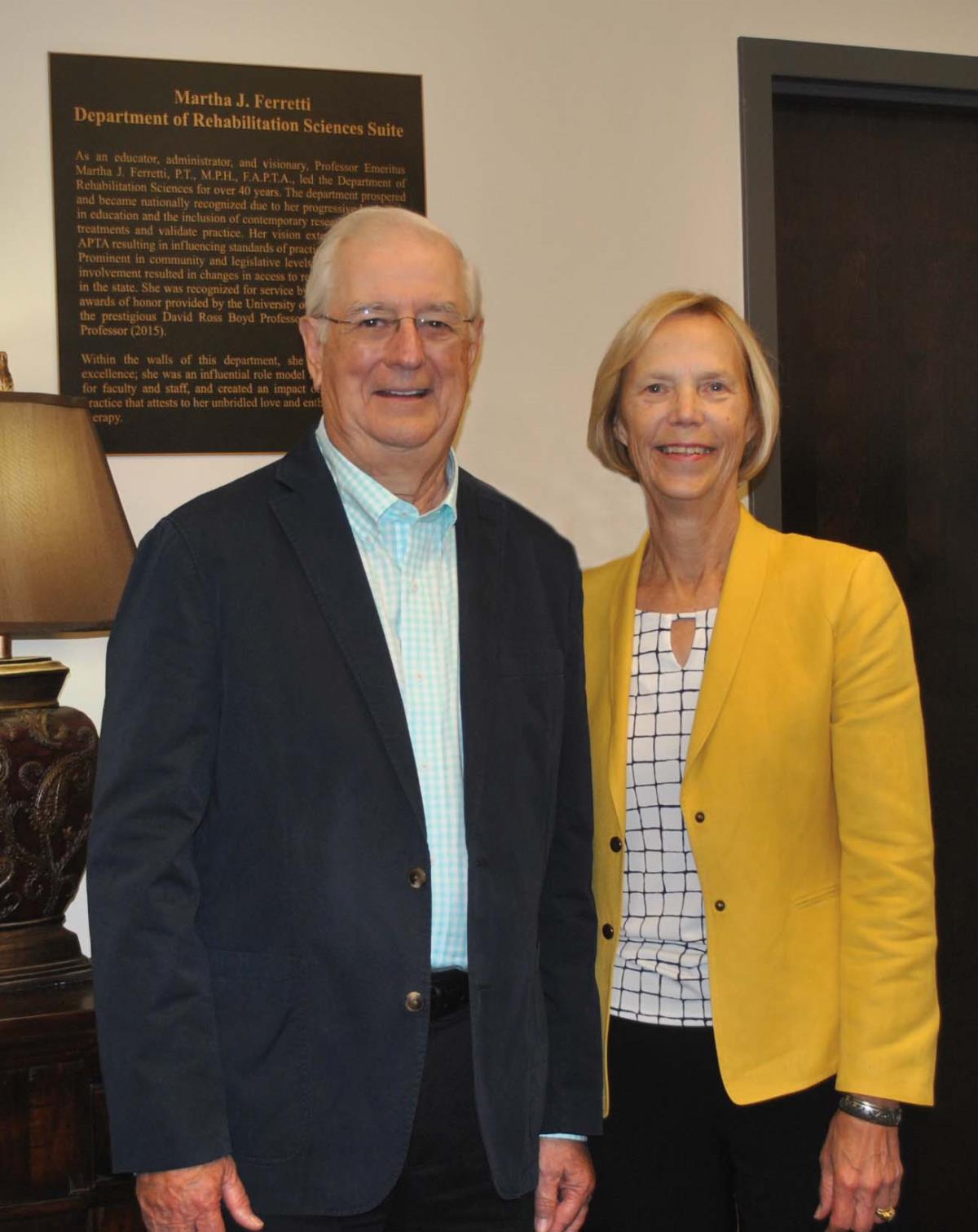
Joseph Ferretti (Ph.D. Biochemistry, ’67) didn’t plan to go to graduate school at the University of Minnesota. While an undergraduate at Loyola University in Chicago, a professor happened to send him to present in her place at a scientific meeting. A professor from the University of Minnesota began asking Ferretti questions about the paper and eventually convinced him to consider making a move to the Gopher State for graduate school. Ferretti packed his bags, and in 1962 he arrived in Minneapolis.
As a graduate student in the College of Biological Sciences, Ferretti worked and studied under professors Lewis Wannamaker and Ernest Gray, both of whom worked in pediatrics and infectious diseases. They encouraged Ferretti to pursue research on bacterial infections, microbial genetics and infectious disease.
Ferretti went on to a highly distinguished career as a professor and administrator at the University of Oklahoma. During his tenure there, he served in a variety of leadership roles including as chairman of the Department of Microbiology and Immunology, vice president for research, and senior vice president and provost of the University of Oklahoma Health Sciences Center. He led the construction of a comprehensive cancer center by raising millions of private dollars and earning the support of the state legislature.
While Ferretti pushed the Health Sciences Center to new heights with his research and leadership, one of his proudest accomplishments was his work in creating a program that provided a pathway for students underrepresented in the health sciences.
Ferretti credits his former advisor Ernest Gray with the inspiration for this program. “[In the 1960s] Minnesota was an active place in terms of politics and social issues,” says Ferretti, who points to a summer program started by Gray that provided minority students with exposure to the University and an opportunity to gain experience in a research lab.
During a postdoctoral fellowship at Johns Hopkins University, he noticed that his lab was actively recruiting Black students as well. When he moved to the University of Oklahoma for his first faculty position, he was struck by the fact that despite the state’s large Native American population, he didn’t see a single Native American or Black student in his class.
Ferretti felt compelled to do something. He decided to adopt Gray’s model. In 1970, he launched the Career Opportunities in Health Sciences program at the University of Oklahoma, which continued for a decade. Ferretti estimates that around half the students who went through the program entered a health or science career. His effort caught the attention of the Headlands Indian Health Center, which asked him to help implement a similar program that ran for 35 years and served more than 600 students.
“At Minnesota, they taught me that as a scientist, you have a social responsibility to extend whatever knowledge you have to those who may not have the same opportunities as you,” Ferretti says. “That’s the principle I worked on in doing these things.”

Ferretti with his PhD advisor, Dr. Ernest D. Gray, 1967
Ferretti with Dr. Horst Malke, a collaborator from Germany, reviewing results of a recombinant DNA experiment, 1984

Ferretti reviewing DNA sequencing, 1986

Ferreti with his wife, Martha Ferretti, honoring her contributions to Rehabilitations Sciences as chair for 43 years.